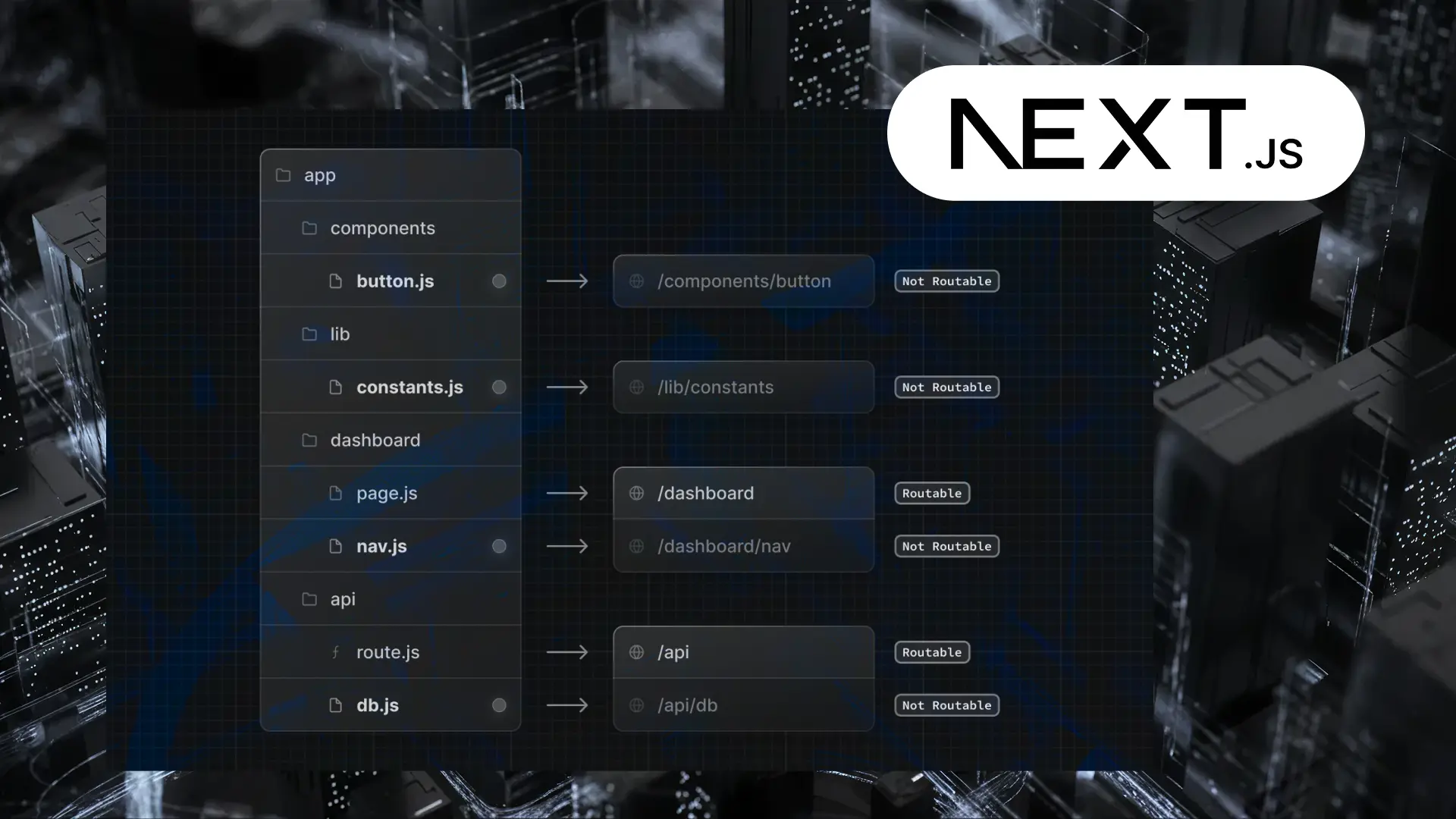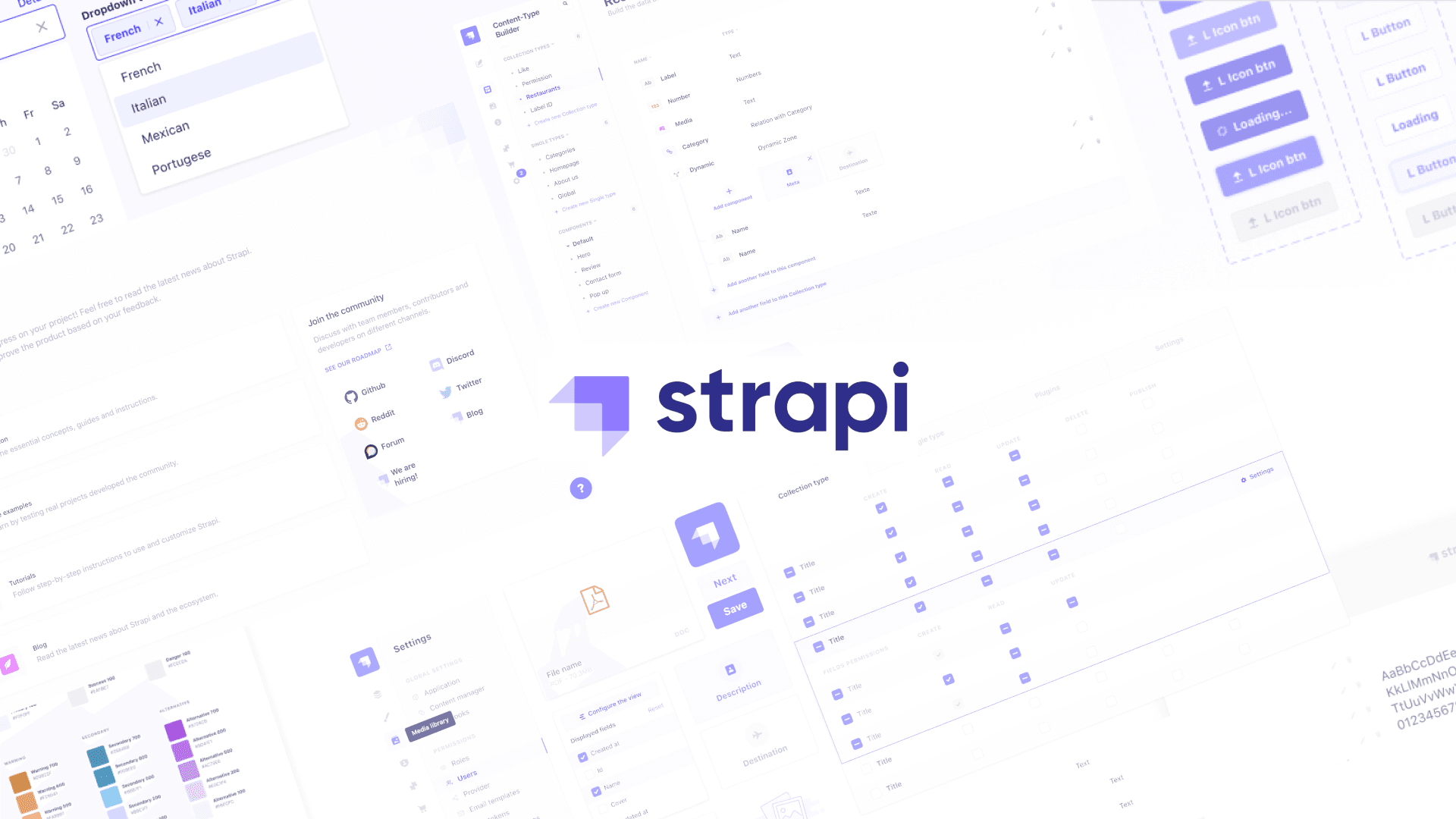Table of Contents
Engineering for Scale: My Approach to Building with Next.js and Vercel
Author

Date

Book a call
Editor’s Note: This blog is adapted from a talk by Dinesh Reddy at the Next.js US Meetup. Speaking from his experience as a software engineer at GeekyAnts, Dinesh explained how Next.js and Vercel empower teams to design for scalability without sacrificing speed or developer experience. From edge middleware to incremental static regeneration, his approach revealed practical tactics for handling massive traffic while keeping deployments fast and effortless.
Hi, I am Dinesh Reddy, Software Engineer II at GeekyAnts, and I have always been fascinated by scalability—what makes an application handle millions of users without breaking? Over time, I have realised that scalability is not just about managing traffic. It is about keeping developer velocity high, ensuring global performance, and making operations as simple as possible.
Think about the apps we use today. Traffic can spike overnight during a sale or product launch. Users can come from anywhere in the world, and they expect speed no matter their location. At the same time, development teams are growing fast, and no one wants to wait weeks for a feature to go live. Operationally, nobody wants to manage servers, pipelines, and downtime. That is why scalability matters so much—and why I love working with Next.js and Vercel.
How Next.js and Vercel Make This Possible
If I had to sum it up, this stack gives you two things: performance out of the box and deployment without headaches. Here is what makes it work:
- Hybrid Rendering: Choose the right strategy for each page—Server-Side Rendering (SSR) for dynamic data, Static Site Generation (SSG) for content-heavy pages, and Incremental Static Regeneration (ISR) for updates without full rebuilds.
- Edge Middleware: Run logic like redirects, personalisation, or geo-routing close to the user for near-instant responses.
- API Routes: Build backend logic into the same repo. No need for a separate backend in many cases.
- Image Optimisation: Built-in responsive images with lazy loading eliminate layout shifts and speed up load times.
- Zero-Config Deployment: With Vercel, I can deploy by typing git push. It handles global CDN, caching, serverless scaling, and even rollbacks automatically.
These are not just buzzwords—they make real-world scaling simple.
Building Scalable Apps: My Approach
When I start a project that needs to scale, I focus on architecture first. I group code by domain and features so multiple teams can work in parallel. For rendering, I mix strategies: product pages often use ISR for near-real-time data, while static content like blogs uses SSG for blazing-fast delivery.
The real magic of Next.js is its flexibility. If a page needs fresh data on every request, I use SSR. If it rarely changes, I use SSG. For everything in between, ISR lets me set a revalidation timer—maybe every 60 seconds—so users see fresh content without full rebuilds.
Then comes optimisation. Middleware helps me handle region-based content at the edge. API routes let me move lightweight backend logic into the front-end repo. For state, I prefer tools like React Query or SWR instead of heavy Redux setups—they cache efficiently and hydrate instantly.
Deployment? That is where Vercel shines. I do not need a DevOps team. No pipelines. No server configs. I commit my changes, and Vercel pushes them live globally in seconds. It even manages secrets for different environments securely and offers built-in analytics and error monitoring.
Lessons Learned and the Hard Truth
Next.js and Vercel make scalability look effortless, but no tool is without trade-offs. One of the first things I realised is that vendor lock-in is real. If you want the full power of Vercel—serverless functions, edge middleware, and instant global deployments—you need to stay on their platform. Could you host on AWS or any other provider? Sure, but you would lose a big part of the magic.
Another challenge is architectural. Next.js is brilliant for hybrid rendering, but it does push you toward a monolith by default. If you want to split into microservices or a full modular system, you need to plan for it early. In practice, this was never a showstopper for me because most scalable applications today are modular monoliths anyway. But it is worth noting for teams with complex service boundaries.
I have also learned that performance is a shared responsibility. You cannot just drop in Next.js and hope for miracles. You still need good practices:
- Keep your bundles light with dynamic imports.
- Use caching strategies with SWR or React Query instead of relying on Redux for everything.
- Push non-critical logic to edge middleware so your SSR server does not choke under load.
These lessons came from real projects. For example, in one app, our product listings were updating every minute during a flash sale. We solved this by combining ISR with a 60-second revalidation timer. Another time, a dashboard pulling live metrics worked best with SSR so users always saw fresh data. These choices matter—and the beauty of Next.js is that it gives you those options.
Closing Thoughts
For me, scalability is more than handling traffic spikes. It is about delivering consistency for users and velocity for developers. Before adopting Next.js and Vercel, deployments were a headache. We managed multiple pipelines, fought with CI/CD configs, and spent days debugging server issues. Today, I can git push and trust Vercel to scale my app globally, with zero downtime and zero manual effort.
That freedom changes how teams work. We can focus on building features instead of maintaining infrastructure. We can move faster without sacrificing performance. And as traffic grows, I do not lose sleep wondering if the app will break under load.
If you are building for scale, my advice is simple: do not overcomplicate it. Start with a foundation that gives you flexibility, performance, and simplicity out of the box. For me, that foundation is Next.js plus Vercel. It is a combination I trust—and one that has earned that trust in production, time and time again.
Dive deep into our research and insights. In our articles and blogs, we explore topics on design, how it relates to development, and impact of various trends to businesses.





